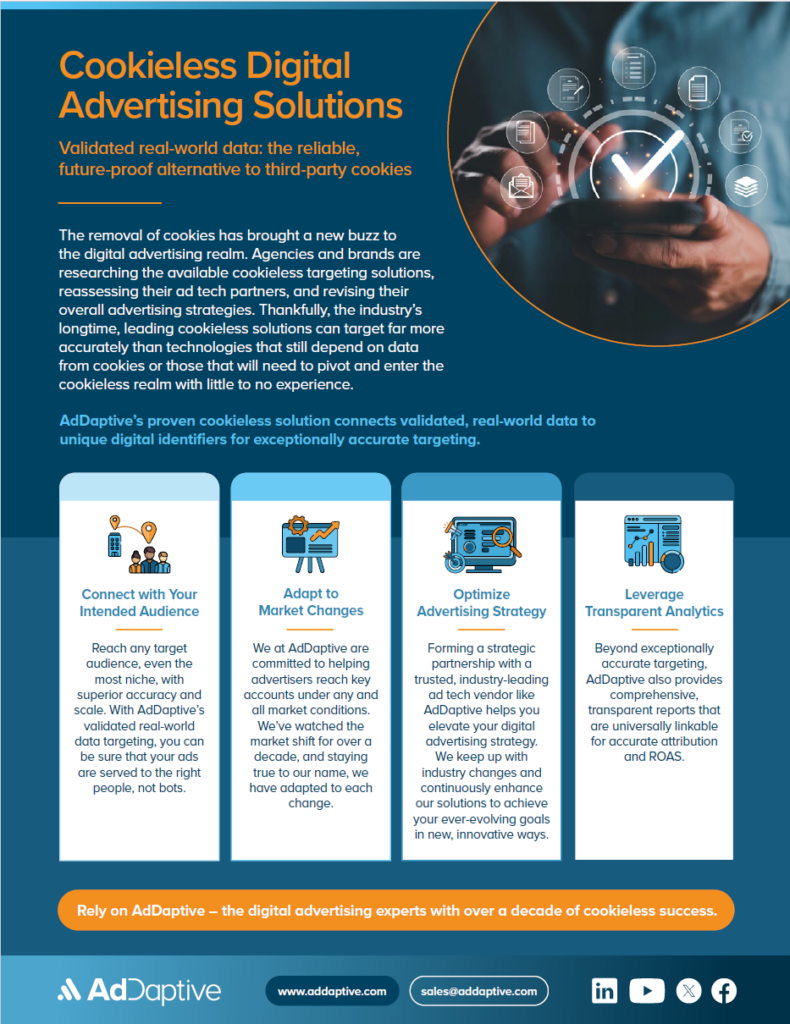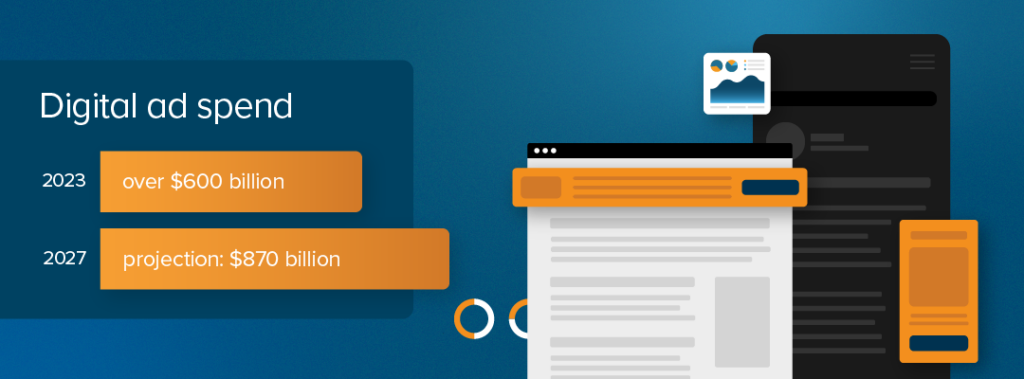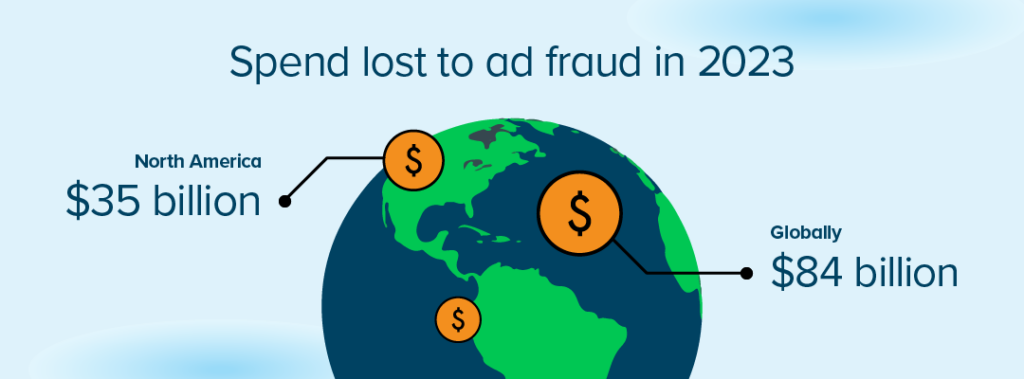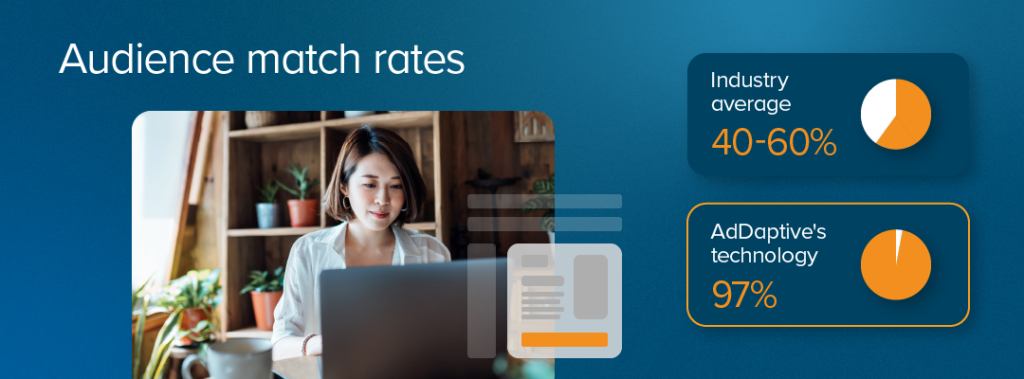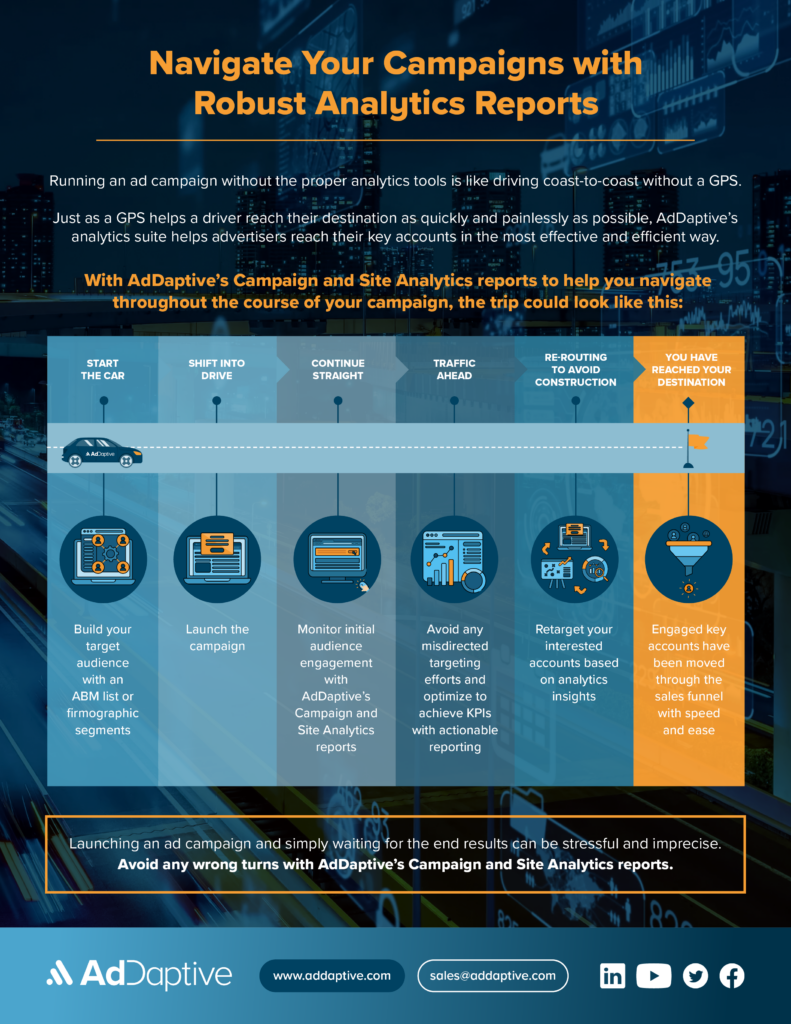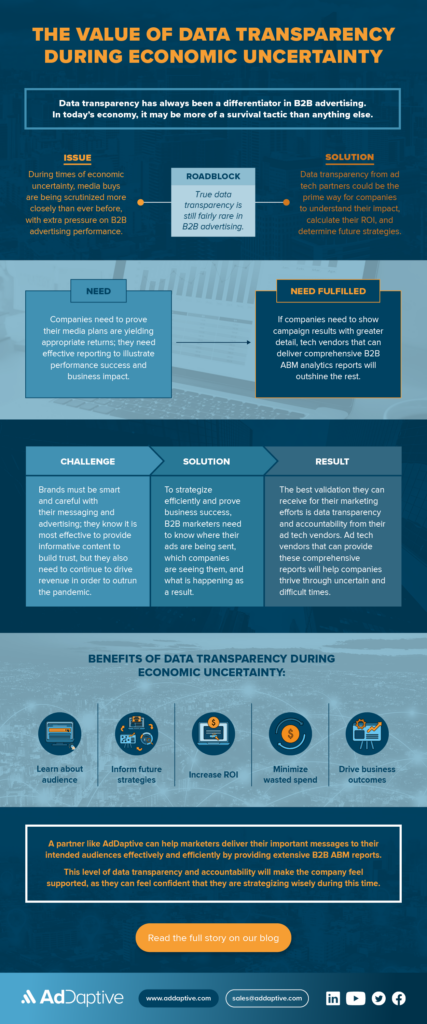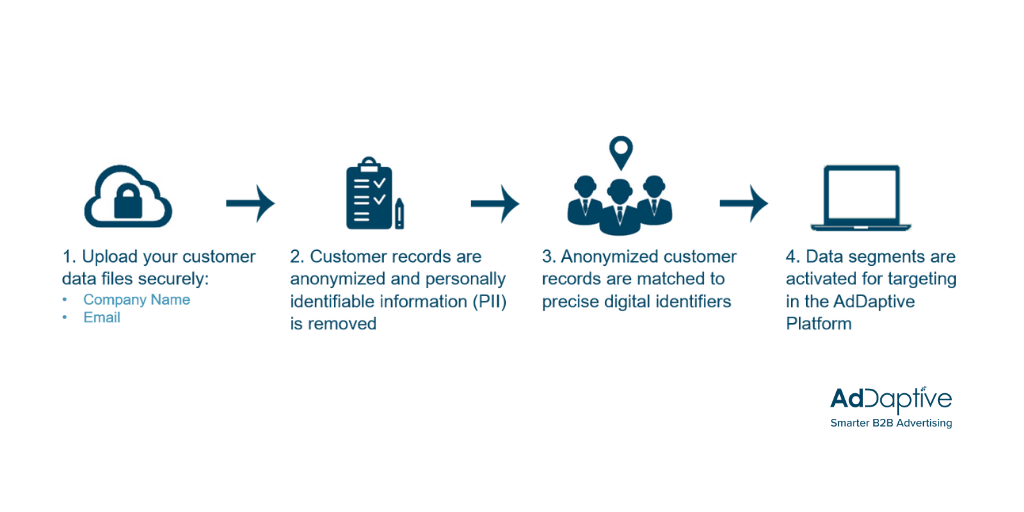Breaking Silos: Why Sales and Marketing Must Align for CX-Driven Campaign Success
This piece was originally published on MarketingProfs.
B2B customers don’t want to be surprised. They want clarity. They want expectations met. And they want results they can count on.
Consider when a B2B marketer reaches out to customers in the middle of their discovery phase. Let’s say the potential prospects have researched the marketer’s website. As B2B professionals, they would likely welcome being presented with a promising offer geared to their interests. Conversely, being ignored is practically insulting.
Even in this larger moment of consumer privacy demands, B2B marketers who want to attract decision-makers often hinder their efforts to court a lead because the customer experience (CX) makes it difficult to follow through.
It’s not that B2B customers are less averse to privacy protections. It’s that they’re more amenable to outreach. Their naturally heightened awareness means prospects immediately notice when a brand’s approach feels disconnected or when you’ve “dropped the ball” in their experience.
As someone who works daily to bridge such divides, I’ve learned that true success isn’t just about executing across platforms—it’s about what happens after the campaign ends.
And in an era of increasing industry consolidation, the stakes for campaign ROI have never been higher.
Behind the Curtain: What’s Really Happening
What customers experience as a “jarring disconnect” often stems from what’s happening behind the scenes at brands.
The reality is that most customer journeys involve multiple teams, each with different motivators and goals. Marketing seeks engagement and awareness metrics, whereas Sales pursues revenue targets. Those two teams often operate with distinct martech and ad tech systems that don’t communicate effectively with each other.
The traditional model, where Marketing generates leads and makes a single handoff to Sales, creates inherent fractures in the customer experience. When we treat customer journeys as a relay race with a single baton pass, we miss critical opportunities to create seamless experiences that prospects now expect.
Again, that’s particularly true in the case of sophisticated B2B customers.
We’ve all seen firsthand what happens when your systems and teams aren’t aligned: Prospects feel it immediately. The solution, then, starts when we align those parts of the organization around clear measurements that compel everyone to pull together towards a singular set of objectives.
Metrics: The Universal Language
Deciding on what and how to measure brings its own challenges. Marketing has historically been viewed as “murky” compared to sales’ clear revenue metrics. While everyone can see whether a sale happened or not, most of us can’t agree on where the credit for those sales should be attributed.
It’s this simple (and this hard): When marketing can demonstrate how upper-funnel activities drive downstream results, cross-functional conversations transform.
Rather than abstract discussions about brand perception, B2B marketing professionals can show exactly how awareness campaigns connect to pipeline development and revenue generation.
This isn’t about justifying marketing’s existence—it’s about creating a shared understanding that helps everyone optimize for better outcomes. When both teams speak the language of metrics, the traditional divide begins to diminish.
Communication: The Foundation of Alignment
In my experience, the most dangerous moment for Sales and Marketing alignment is after a campaign concludes. That’s precisely when the ball gets dropped most frequently: “We did the work. Looks like somebody’s interested. Who’s up next? ”
The challenge is maintaining ongoing communication. Once cross-team information sharing stops, it’s extremely difficult to restore. We’ve all experienced those recurring meetings that lose steam—agendas become repetitive, participation wanes, and suddenly teams drift back into their silos.
Maintaining communication requires constant vigilance. So ask yourself and your teams: Is weekly communication still effective? Or should we shift to monthly? Are we waiting for quarterly results when we should be sharing insights monthly?
The meeting cadence must evolve as campaigns and market conditions change.
What I’ve learned is that, unlike other cross-functional relationships, Sales and Marketing each believe they’re the expert in the other’s domain. “Showing up with respect” isn’t just a nice ideal—it’s a business necessity.
As I remind my teams, “Come with your knowledge, and I’ll share mine. Together we have knowledge of both, but alone, we really don’t.”
Making CX the North Star
For the most part, creating an engaging customer experience that meets customers’ expectations is something all parts of an organization can agree on. But siloed thinking is one of the chief obstacles in achieving that goal of engaging CX.
Face it, customers don’t see your internal silos. They see one brand experience. Every touchpoint shapes their perception. It could be a display ad, a sales call, a landing page from a search, or an email follow-up. When those moments feel disconnected, customers’ trust in you erodes.
Creating alignment requires more than agreeing on hand-off processes. It demands that marketing stay engaged throughout the sales process and that Sales provide insights that inform upper-funnel activities.
The expertise needs to flow in both directions constantly, not just when leads are transferred.
That doesn’t happen automatically. It requires building cross-functional trust through consistent data sharing and transparent communication.
When marketing teams demonstrate they’re actively refining campaigns based on performance data rather than simply recycling the same creative materials, sales professionals gain trust in the partnership. That visible commitment to optimization builds confidence that Marketing is responsive and focused on improving results.
Similarly, when Sales regularly shares insights from customer conversations, Marketing can refine targeting and messaging strategies. That feedback loop creates a virtuous cycle that strengthens both functions.
* * *
Considering the various and confusing pathways of the customer journey, brands that break internal silos will ultimately win. It’s not just about better collaboration—it’s about recognizing that your organizational structure shouldn’t dictate your customer’s experience.
So, with metrics as a common language, along with relentless communication, disparate teams can see the clear culmination of a mutual commitment to customer experience as the ultimate measure of success.
As I constantly remind myself and my teams, our different perspectives don’t create division—they help eliminate blind spots.
When Sales and Marketing truly align, we don’t just improve campaign performance, we transform how customers experience our brand at every stage of their journey.
Ready to speak with a digital advertising expert? Book a meeting below.
Accelerates Growth as Brands Bring Media Buying In-House and Demand for AI-Powered Targeting Soars










